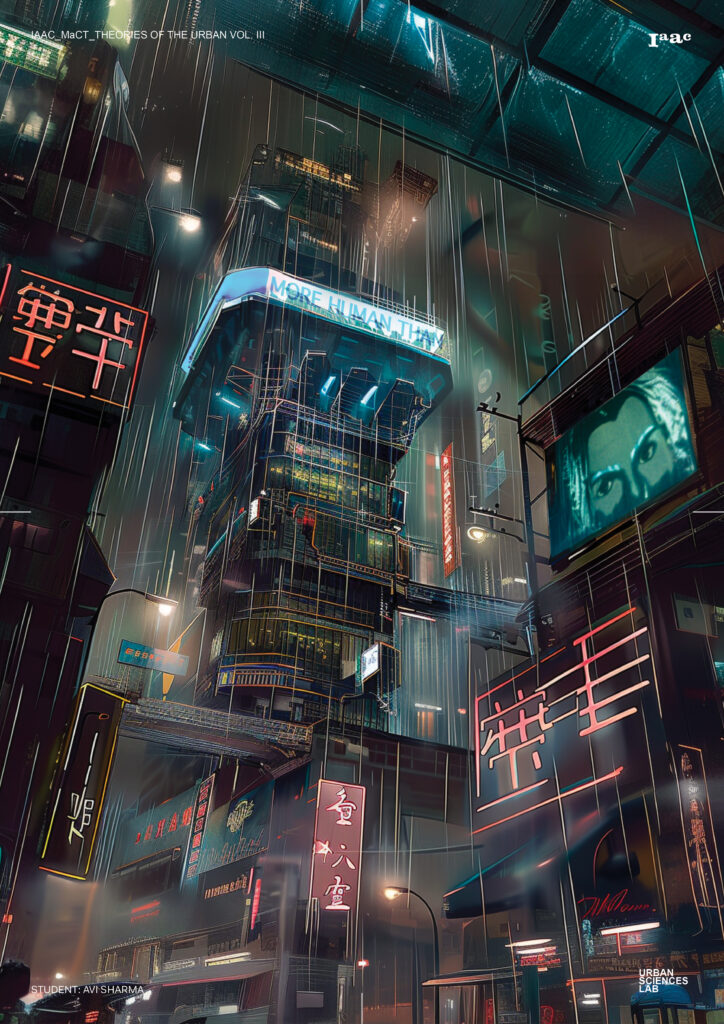
“Blade Runner” is a poignant illustration of how urban landscapes could be transformed in a post-industrial world, shaped by technological dominance and environmental decay. Created within a society grappling with the implications of synthetic life and corporate control, the film vividly portrays a version of Los Angeles.
Re-envisioned through the context of speculative theories about the future of urban environments and skyscrapers, this exploration delves into the architectural imaginaries as seen through the lens of Ridley Scott’s iconic movie and narrated through Bruce Sterling’s, What skyscrapers might look like in the future? explanatory text.
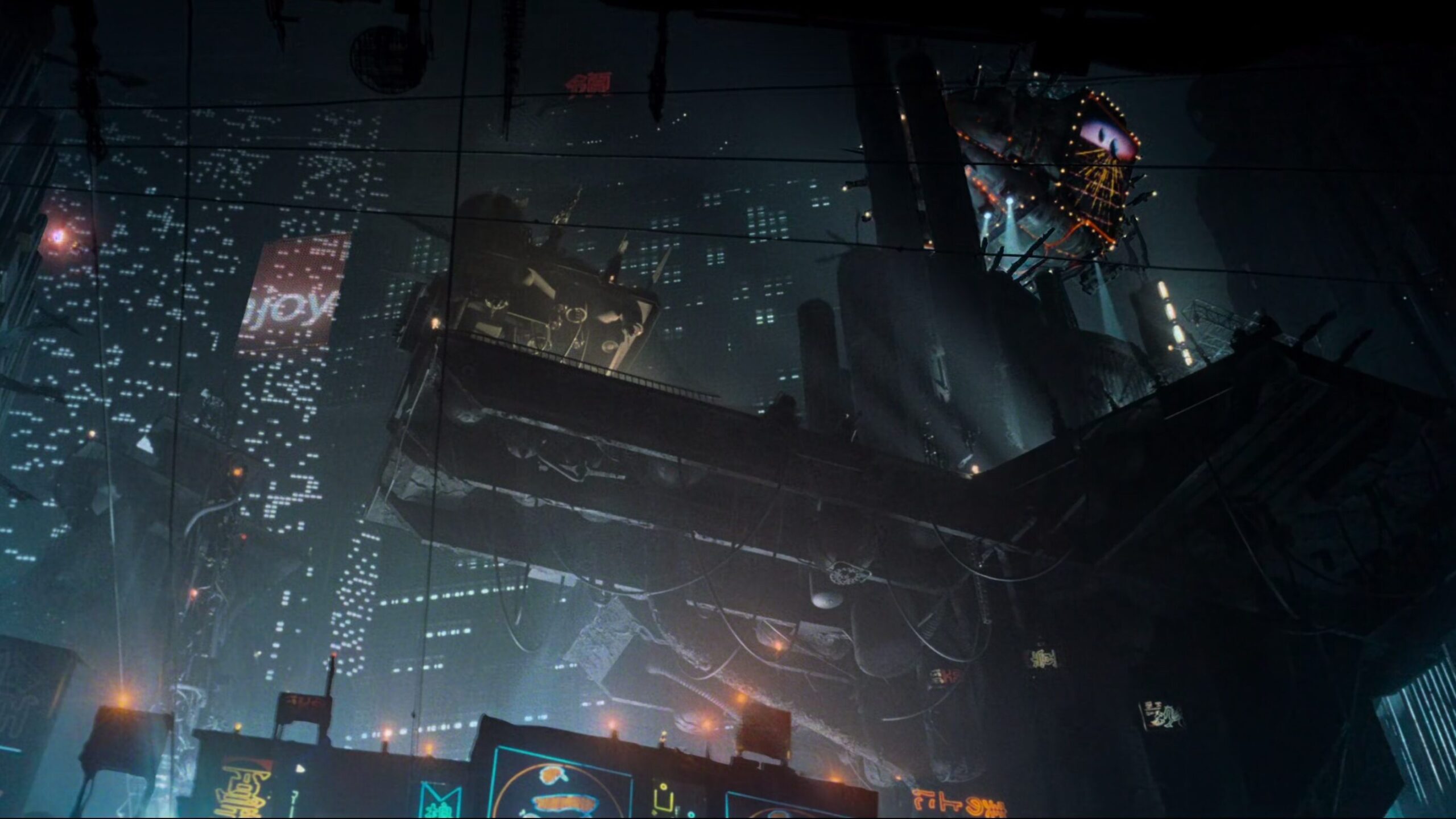
Architectural Dominance and Corporate Power
In the Post-Industrial Smart Cities, digital technology has reached overwhelming dominance. The urban skyline is shaped by the architectural behemoths and digital omnipotence of technological giants such as Tyrell Corp, Samsung, Apple, Huawei, Amazon, Google, and Facebook, echoing a dystopian Urban. The shadowing presence of Tyrell Corporation’s tower in addition to many others, demonstrates how these corporate entities dictate the cityscape. Their influence has extended beyond mere commerce into the very essence of human existence ever since the creation of the Bioengineered Replicants.
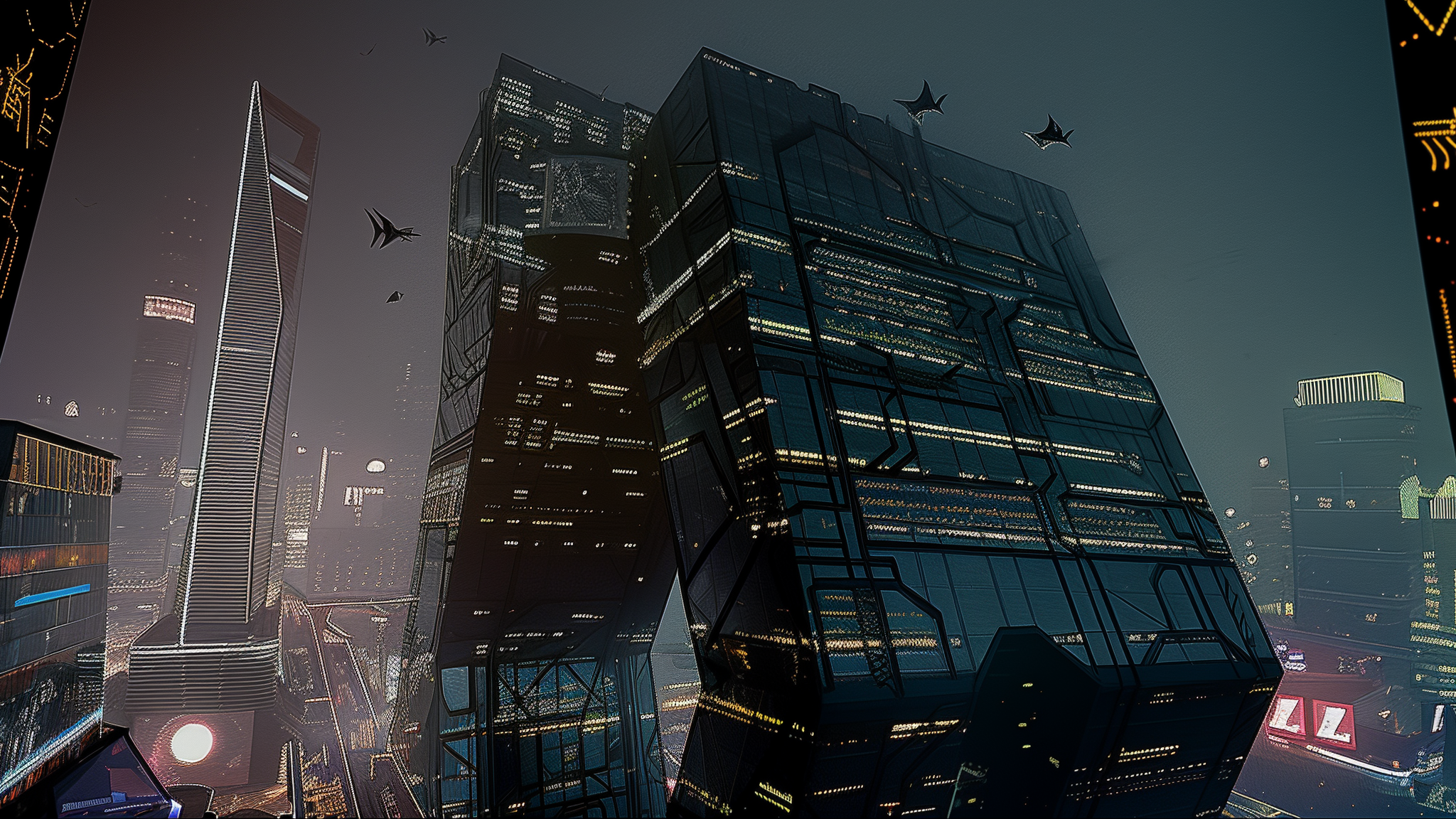
Dissolution of Traditional Structures and Emergence of Urban Giants
The narrative continues as traditional civics and national frameworks are dissolved under the relentless surge of digital networks, a stark embodiment of the “Informatics of Domination”, creating a situation where every aspect of individual and community life is mediated by technology. Monstrous skyscrapers dominate the skyline, their surfaces alive with touch-responsive advertisements that battle for attention in a discord of commercial warfare. These are not just buildings but titans of postindustrial digital prowess, orchestrating every aspect of life below.
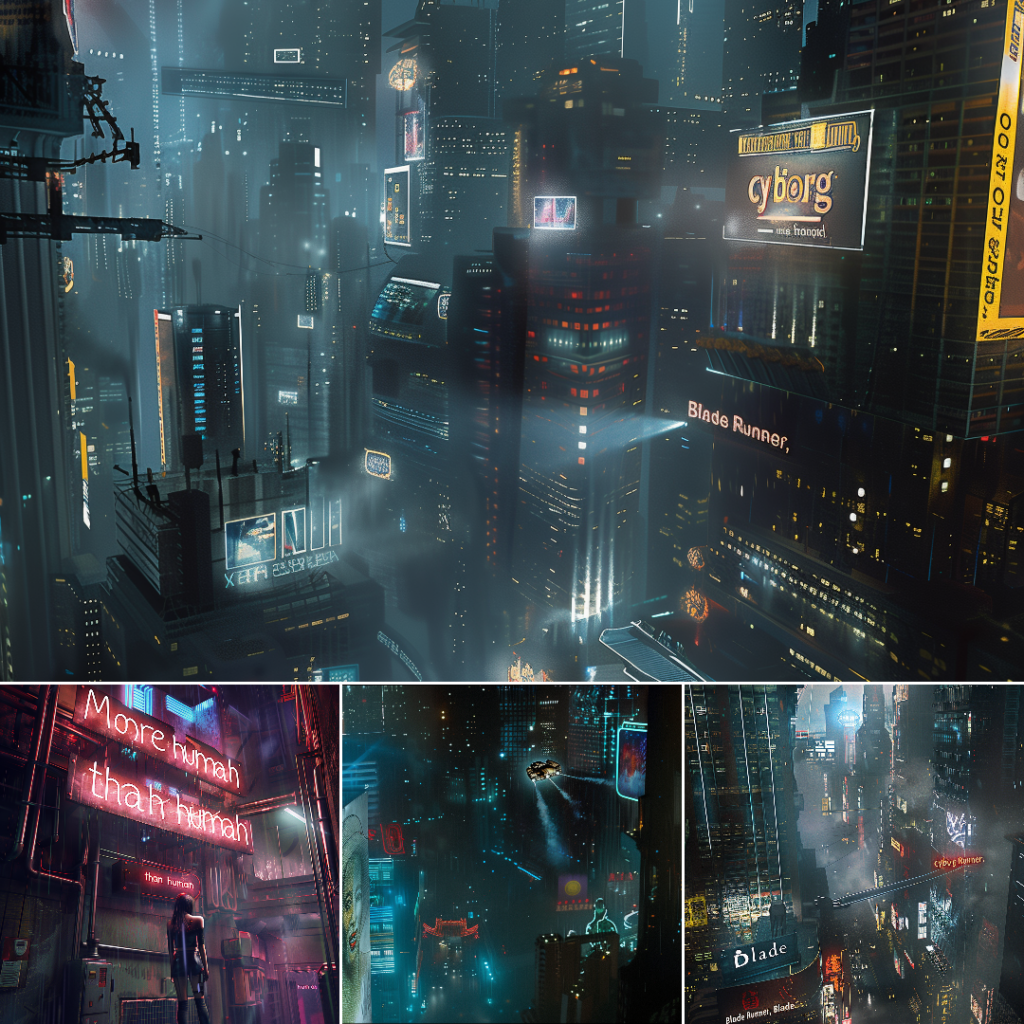
Life in the Streets
The streets swarm with courier robots, more pervasive than vermin, navigating through a maze structured by omnipresent digital interfaces integrated within the ground . These robots, alongside the sprawling hum of massive cloud servers—the new industrial mills—reinforce the city’s frenetic pulse. The human element, once vibrant and diverse, now filters through algorithmic determinations, optimizing, surveilling, and monetizing every interaction.
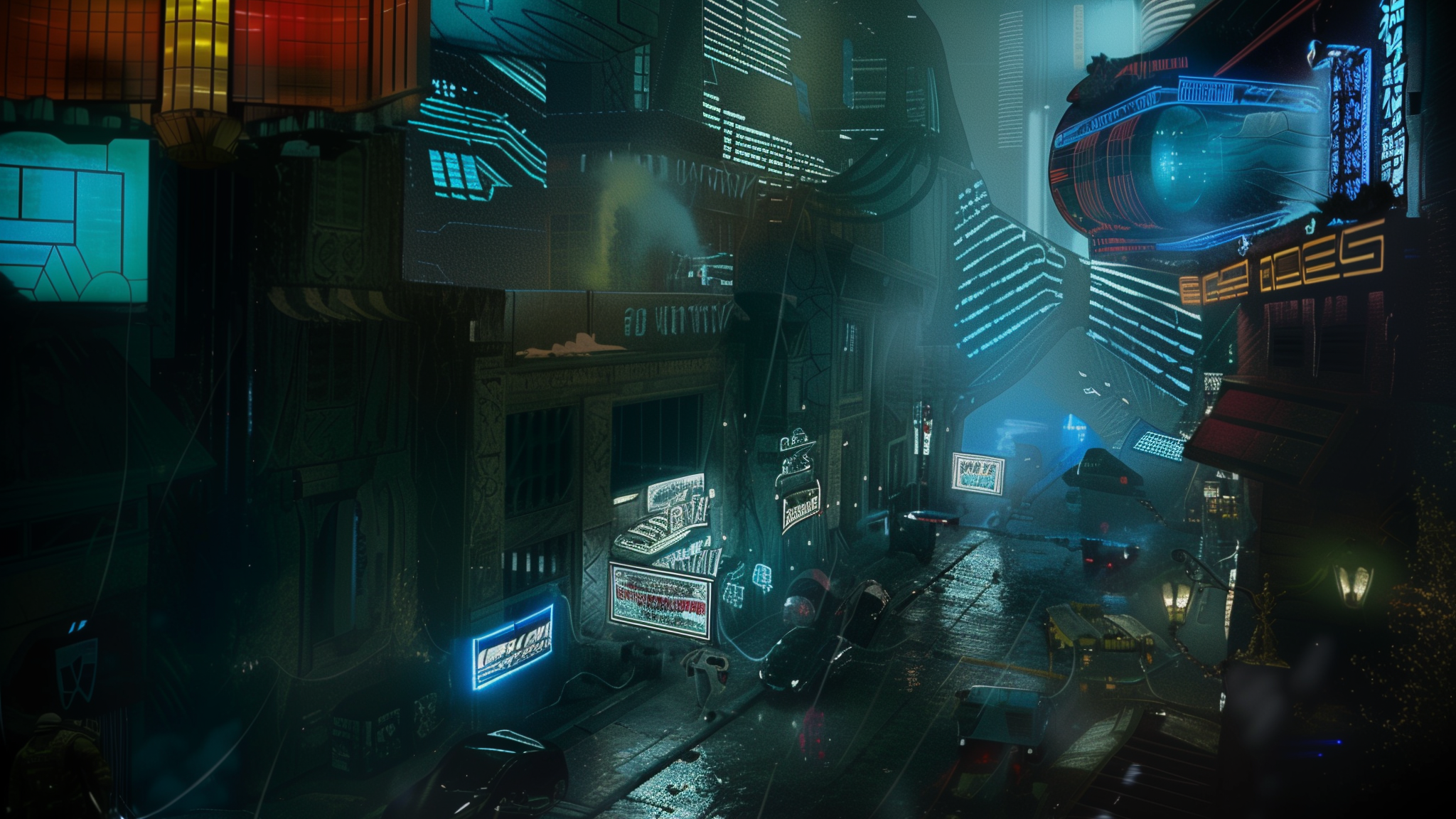
References:
- Sterling, B. (2015) ‘What skyscrapers might look like in the future’, Ideas.TED.com. https://ideas.ted.com/what-skyscrapers-might-look-like-in-the-future/
- Scott, R. (1982) Blade Runner. [Film] USA: Warner Bros.

